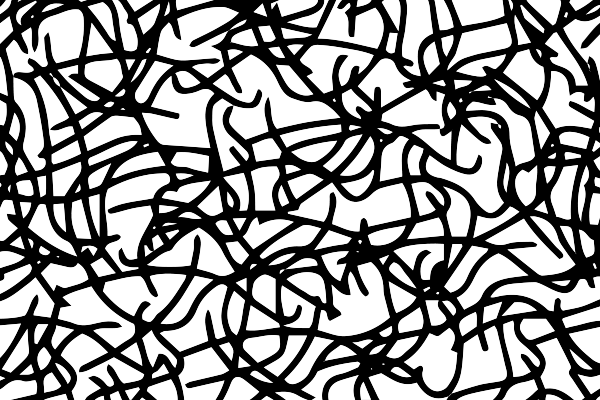Obsession Story: Elizabeth Hewitt on Stalking the Wild Amanita

For this series, we reach out to a member of the department who has a very particular obsession and ask them to share it with the world. In this edition, Associate Professor Elizabeth Hewitt writes about her mushroom hunting adventures.
This is a story of obsessional mutation—a coming-of-age tale about a profligate and undisciplined obsession that matured into a useful and virtuous hobby. The obsession grew, as all heathy obsessions ought, in a moist and loamy soil. I loved mushrooms. Freud knew what he was talking about when he said that a “dream-wish . . . arises like the mushroom from its mycelium,” and much of my young life was devoted to memorizing my Mushrooms of North America guidebook. It accompanied me on hikes and walks where I would wander off the path, head down looking for the dainty little caps poking up. My family were birders and so they looked up, but they patiently attended to my interest in lower and slower targets.
All birdwatchers have a special bird—the one they desperately want to see, if only to check it off their life list. I coveted a particular mushroom: the Amanita Muscaria. You may not know its scientific name, but you definitely know its look. The perfectly round cap is a glorious fire-engine red covered with white spots that sits atop a long white stem: it is the mushroom that evil witches put into their potions. And it was precisely its toxicity that made it so compelling. My guidebook told me it was deadly—that its spores could fly through the air, that even a tiny dusting could contaminate nearby mushrooms and plants. As is so often the case, the Amanita Muscaria was the most gorgeous and alluring of objects as well as the most dangerous. It is also not especially rare and so I would occasionally discover it on my walks, and I would perambulate in ever widening concentric circles around the mushroom considering where its poison might have spread. It was during these circular walks that the obsession entered adolescence.
My fondness for mushrooms was not gustatory: I looked for them in the forest but I did not harvest them. But now, considering all the possible botanical objects on which the toxic spores might have fallen, I couldn’t help but wonder: could I eat them? And so I became obsessed with a new book, Euell Gibbon’s Stalking the Wild Asparagus: Field Guide Edition. Gibbons also focused on mushrooms—and on my beloved Amanita Muscaria since he too warned his readers about its dangers—but he also revealed that the forests and fields were filled with edible treasures. And he provided recipes. Acorn nuts could be ground into a meal for pancakes. Sumac berries could be squeezed into a lemonade. Fiddleheads could be sautéed. Dandelion greens and purslane could be made into a salad. Elderberry flowers could be fried as fritters. I had never cooked anything other than neon orange Kraft macaroni and cheese, but now all I wanted to do was forage and cook. But not mushrooms: the temptation was great, but the fear was larger still.
My family once again humored my obsession, taking tiny bites of the highly unappetizing ‘food’ I would proudly place before them. Indeed it was their good-natured participation that ultimately led to the demise of my career as forager chef. We were camping in Shenandoah when I decided to make an elderberry fritter feast. The elderberries were in full bloom and I thought that the meagerness of the camping kitchen (with its Dinty Moore stews and Tuna Helper casseroles) would make the fritters an alluring choice. My suspicions were confirmed when my younger brother gobbled them up. Our stomachs filled, and my pride soaring, we went to the nightly campfire program. It was only a few minutes in when my brother’s color began to change to a particular shade of green that I had seen before when we traveled up the winding mountain and he suffered from severe motion sickness. It came as no surprise to me, then, when the campfire program was cut short as my poor brother running up the aisle in an attempt to flee the audience ended up vomiting on many in attendance. My parents declared the elderberry fritters responsible and my kitchen was shut down.
I didn’t, however, shut Stalking the Wild Asparagus, which still captivated with its illustrations and taxonomies—and also for its recipes. After the narrow escape of not killing my sibling, I was afraid to make anything, but the allure of cooking instructions was intense. And so began my love affair with the cookbook. How remarkable that a simple list of ingredients and techniques could lay the ground for the enticing objects on the pages. Although I had graduated to reading recipes that focused on supermarket foodstuffs that had relatively small risk, I did not cook. I simply read the books, enjoying their lovely taxonomies of courses, ingredients, regions, and preparation methods. And because I didn’t cook, I never had the disappointment of not producing the Platonic ideal of food photography (which I later learned involves a great number of other kinds of poisonous substances). It took a long time after the fritter incident to try my hand at any of the recipes, but ultimately the drive to practice the differences between dice, mince, and brunoise could not be stifled. And so I now cook—and relish the days that I put mushrooms on the menu.
